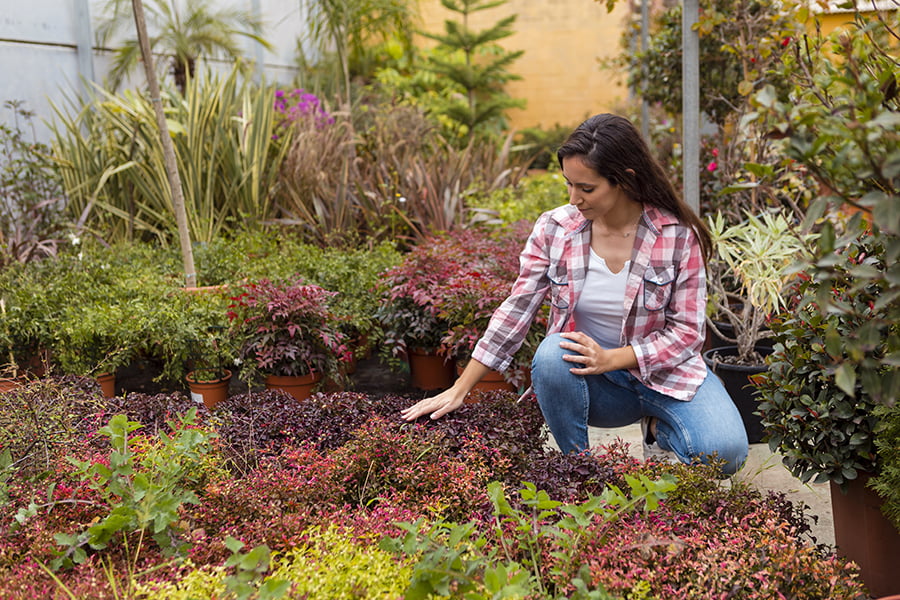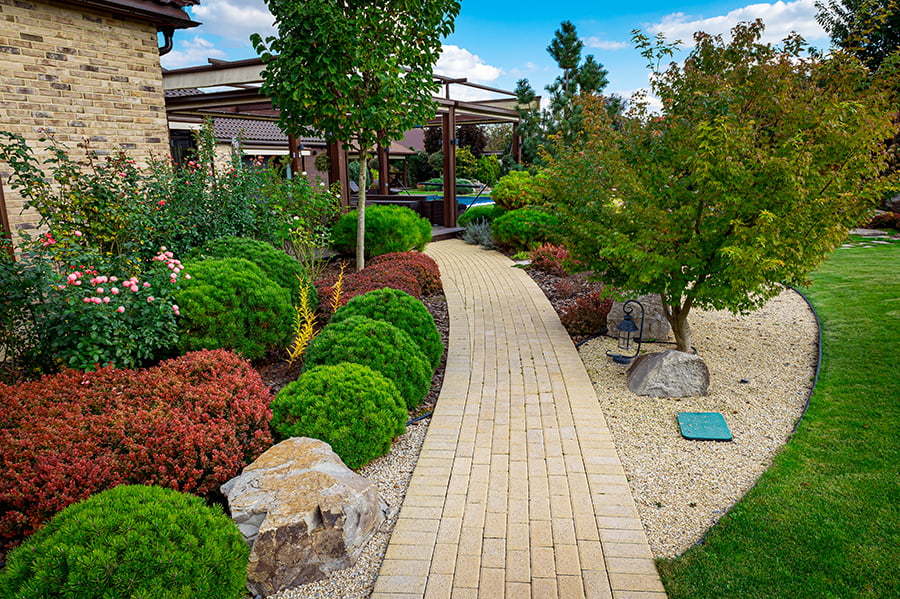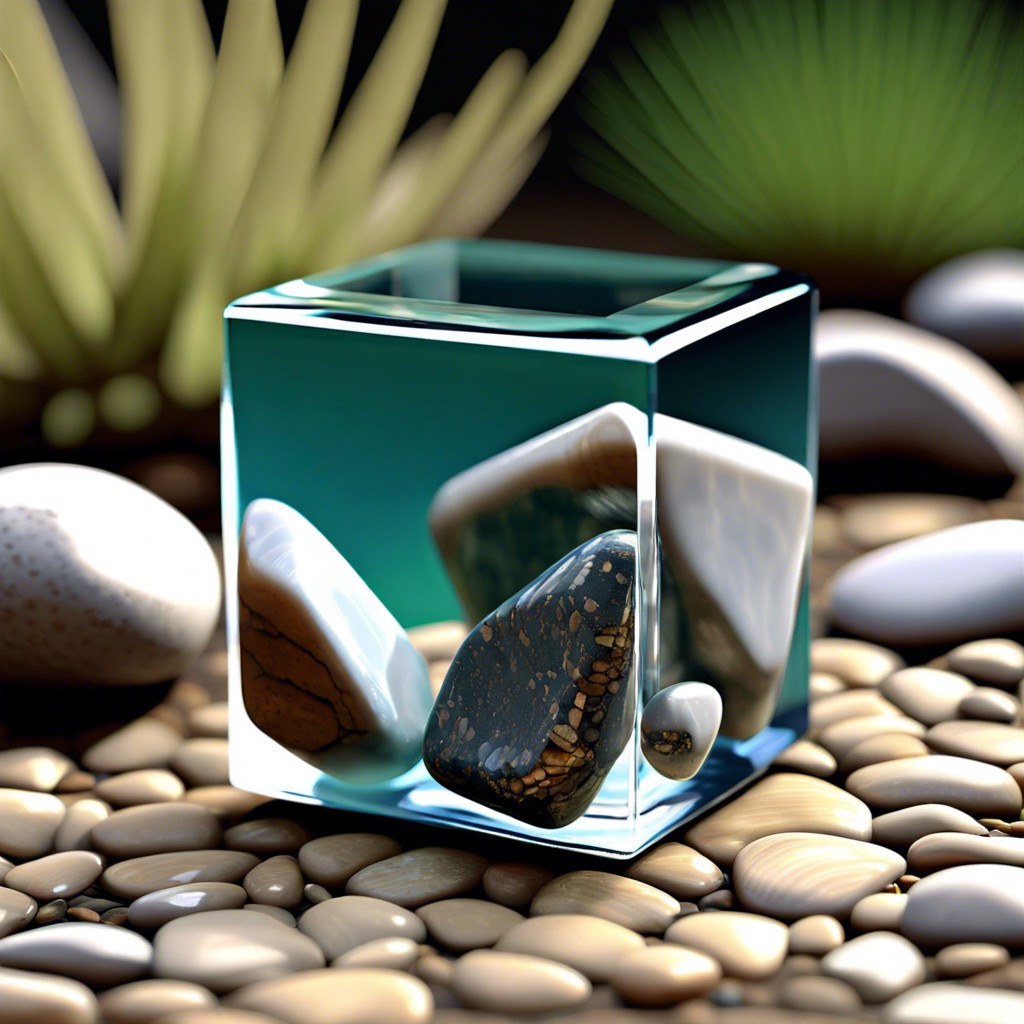Creating a beautiful and functional landscape requires careful planning, selecting the right plants and materials, and proper maintenance.
Creating a landscape that is both beautiful and functional can be a challenging task. It requires careful planning, creative design, and an understanding of the needs of the environment.
In this blog post, we will explore some tips and tricks for creating a landscape that is both aesthetically pleasing and practical. We will discuss how to create an effective plan, select the right plants for your climate, use sustainable materials in your design, and much more!
Planning

It involves taking the time to consider what elements you want in your landscape, how they will fit together, and how much space you have available. This includes deciding on the type of plants or trees that will be used, where they should be placed, and any other features such as pathways or seating areas.
It is important to consider the climate in which your landscape will exist so that you can choose plants that are suitable for the environment. It is important to create a budget for your project so that you can ensure all necessary materials are purchased within your means.
Planning ahead helps ensure that your landscape design meets both aesthetic and practical needs.
Plant Selection

Choosing the right plants for your space can make all the difference in how successful your landscape design will be. When selecting plants, it’s important to consider factors such as climate, soil type, light exposure, water requirements, and maintenance needs.
You should also think about how you want to use the space – do you want to create a low-maintenance garden or something more elaborate? Once you have determined these factors, you can begin researching different types of plants that are suitable for your area and meet your needs. Consider native species that are well adapted to local conditions as they require less maintenance than non-native varieties.
Look into drought tolerant options if water conservation is a priority for you. Don’t forget about aesthetics! Choose plants with interesting foliage or flowers that will add color and texture to your landscape design.
Soil Preparation

It involves preparing the soil for planting by removing any debris, rocks, or weeds that may be present. It includes adding organic matter such as compost or manure to improve the soil’s fertility and structure.
This will help ensure that plants have access to the nutrients they need to thrive and grow in your landscape. It also involves tilling the soil so that it is loose enough for roots to penetrate easily when planting.
Properly preparing your soil before planting will help create a healthy environment for plants and ensure their success in your landscape design.
Mulching

This helps to protect the soil from erosion and compaction while also providing essential nutrients for plants. Mulch can also help to retain moisture in the soil and reduce weeds by blocking sunlight from reaching them.
Mulch can add aesthetic value to your landscape by creating a neat and tidy appearance. When used correctly, mulch can be an effective way of creating a beautiful and functional landscape.
Irrigation Systems

Irrigation systems provide water to plants, trees, and other vegetation in order to keep them healthy and thriving. They can be used to water large areas or specific spots within a landscape.
There are several types of irrigation systems available, including sprinkler systems, drip irrigation, soaker hoses, bubblers, and micro-irrigation. Each type has its own advantages and disadvantages depending on the size of the area being watered and the type of vegetation present.
Properly installed irrigation systems help conserve water by delivering it directly to where it is needed most while minimizing waste due to evaporation or runoff.
Lighting Design

It involves strategically placing lights in the landscape to create a desired effect. This can include accent lighting, which highlights certain features or plants, as well as task lighting, which provides illumination for activities such as walking paths or outdoor dining areas.
Lighting design also includes choosing the right type of light fixtures and bulbs to ensure they are energy efficient and provide adequate illumination without being too bright or harsh. It’s important to consider how the lights will look during different times of day and night so that they complement the overall aesthetic of your landscape.
Pathways and Walkways Construction

Pathways provide a safe, easy way to move through the landscape, while also adding visual interest. When constructing pathways and walkways, there are several factors to consider.
First, decide on the material you will use for your pathway or walkway. Options include gravel, brick pavers, concrete slabs or stepping stones.
Next, determine the width of your path or walkway; wider paths can accommodate more people at once but may require more materials than narrower paths. Plan out where your pathway or walkway will go; make sure it follows a logical route that connects different areas of your landscape together without taking up too much space.
With careful planning and thoughtful design choices you can create pathways and walkways that are both attractive and practical for everyday use.
Fencing Installation

It involves selecting the right type of fencing material for the desired purpose, measuring and marking out the area to be fenced in, digging post holes and setting posts into them, attaching panels or other materials to create a barrier between two areas, and securing it all with appropriate fasteners. Fencing can also be used as part of landscaping design by adding visual interest or providing structure for plants.
Properly installed fencing can help create a beautiful landscape that is both aesthetically pleasing and functional.




